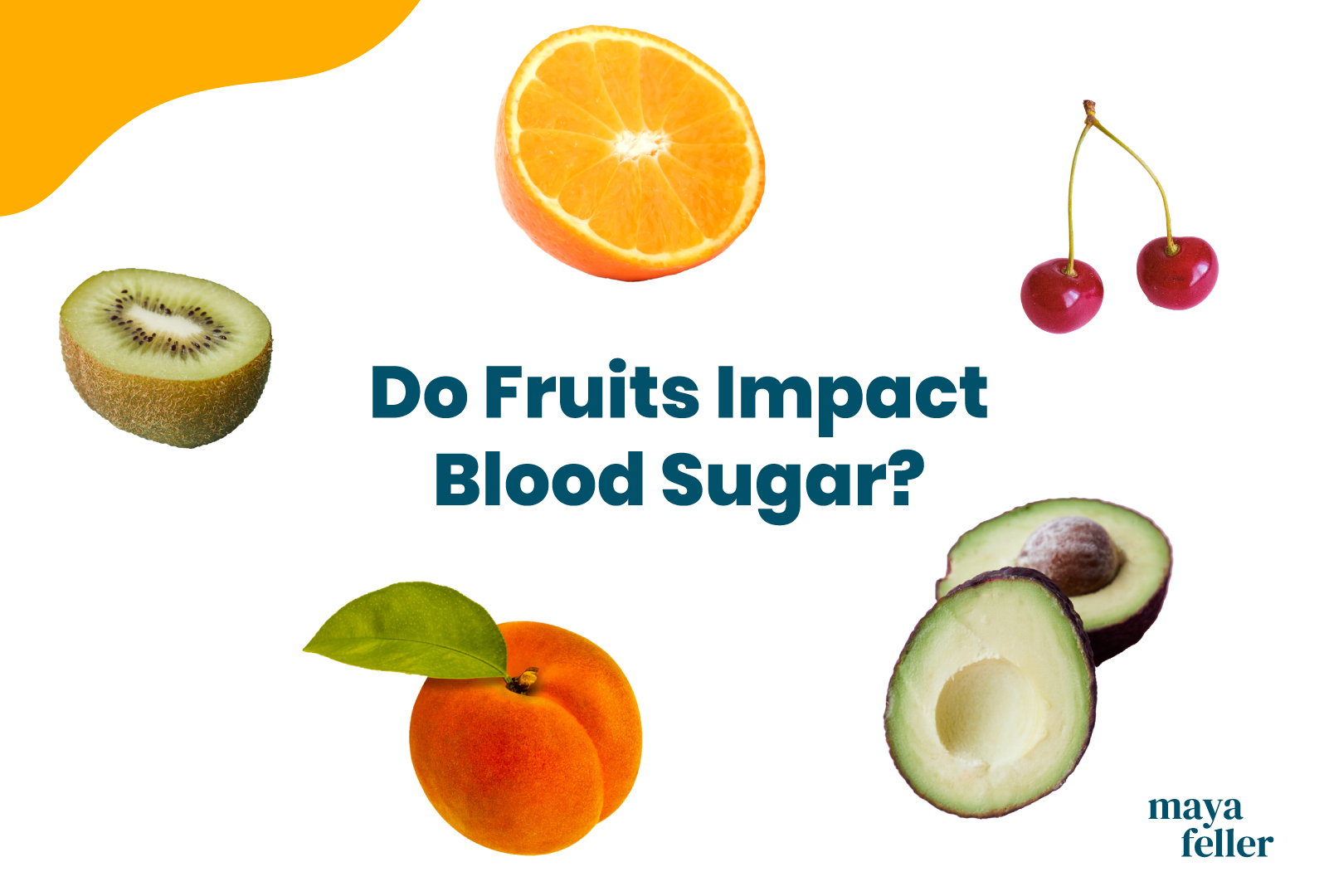Do Fruits Impact Blood Sugar?
Let’s take a closer look
Across the world, fruits and vegetables are central to the eating patterns of countless cultures. Those living with Type 2 Diabetes Mellitus are no exception. And, while it’s true that fruits can spike blood sugar, we’re here to cut through some of the noise!
There is some nuance that we want to break down. Eating some fruits will not result in a rapid high, that’s due to their carbohydrate, protein, fat, and fiber content. Fat can slow down the overall digestive process while fiber can slow the blood glucose spike. Moreover, fruits have countless antioxidants which can help modulate insulin sensitivity and level out spikes in insulin.
Check out a few of our favorite sweet fruits here. Interestingly, it’s not only the type of fruit you choose that can influence your blood sugar. It’s also how the fruit is prepared and processed. Let’s explore a few different ways of processing and their subsequent effect on your blood glucose!
Canned & Packaged Fruits:
Canned or packaged fruits are shelf-stable, easy on the wallet, and super easy to eat on the go. They often involve a certain amount of processing (namely heating and peeling). This process may reduce the fiber content of certain fruits. Becoming an informed consumer and learning how to read nutrition facts panels and ingredient lists supports you in choosing the canned product that you want. Being able to identify products that have added sweeteners such as syrups allows to you make an informed decision in relation to how your blood sugars react. For example, these canned peaches contain a mixture of high fructose corn syrup, corn syrup, and sugar. Because of this mixture, there are a total of 27g of carbs per serving. However, there are other options, like this one, that are significantly lower in carbs at 8 g of carbs per serving! If you do purchase canned fruit in a syrup or sweetener, draining and rinsing the fruit before eating is one way to reduce the added sugars.
Frozen Fruits:
Frozen fruits are a tremendous option to purchase shelf-stable fruit in bulk. Frozen produce is picked at peak ripeness and immediately frozen so they’re incredibly tasty, versatile, and budget-friendly.
Interestingly, freezing produce has a slightly different effect on every fruit and vegetable – sometimes it increases the amount of one vitamin and decreases the amount of another! However, these minor changes don’t have an impact on their overall nutritional content and make frozen fruit a terrific option! And for those living with diabetes, the blood sugar response from a frozen fruit will likely mirror the blood sugar response from fresh fruit!
Dried Fruits:
Dried fruits, like frozen fruit, can often be purchased in bulk and stored for quite some time. When thinking about blood sugar management they can be enjoyed as a snack paired with or tossed into grain bowls, meat dishes, and pastas to add unique notes of brightness and tang.
Dried fruits contain less water than their fresh counterparts because they have been dried and the water content decreases. This concentrates the fruit (one reason why they might taste sweeter) and may result in a more rapid increase in blood glucose (though this is by no means blanket across all fruits and all individuals). Additionally, because of this loss of water volume, it is more palatable to eat a larger quantity in one sitting. For example, think about how many grapes you’d want to eat in one sitting. Now compare that to how many raisins you’d want to eat in a single setting. The difference in the amount consumed will have an impact on a person’s blood sugar levels. Some dried fruits have added sugars which, similar to canned fruit in syrup, can add to the carbohydrate content.
Nonetheless, recent studies have demonstrated that having a pattern of eating rich in dried fruits can promote health in those living with Type 2 Diabetes Mellitus.
Smoothies:
Smoothies are a nice vehicle for adding fruits and veggies to a beverage. Depending on the ingredients and composition of the smoothie, it can impact blood sugar in different ways.
Smoothies that are made with 100% juice will likely result in a rapid increase in blood sugar due to the rapid absorption of the liquid carbohydrate into the bloodstream. We’ve got you covered with a few pro tips for making blood sugar-balanced smoothies:
- Opt for milk (or a milk substitute) or water instead of juice → decreasing the carbohydrate content and increasing the volume can help to better manage blood sugar!
Slow it down → Adding a source of protein or fat such as protein powder, nut or seed butter, or avocado helps to slow digestion as well as how the body responds to the carbohydrate in the smoothie. - Fruits in all forms add flavor and nutrients, so don’t skip them – they can indeed fit into a blood sugar-friendly pattern of eating. To best understand how your body responds to each type, we recommend doing a bit of exploration with dried vs. fresh vs. canned fruits to see how your blood sugar responds to each. Let us know how it goes!
Thank you to Oliver Oliver Gonzalez-Yoakum, Dietetic Intern who rotated through Maya Feller Nutrition, for his research and contributions to this article.



Leave a Reply